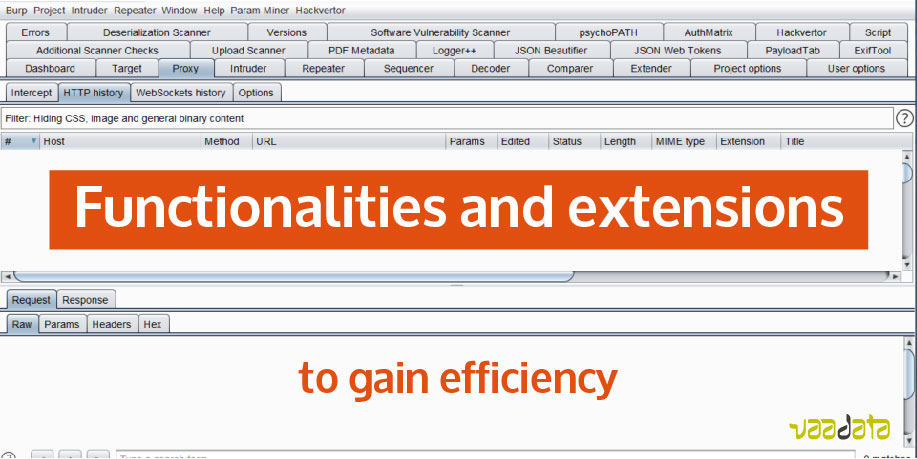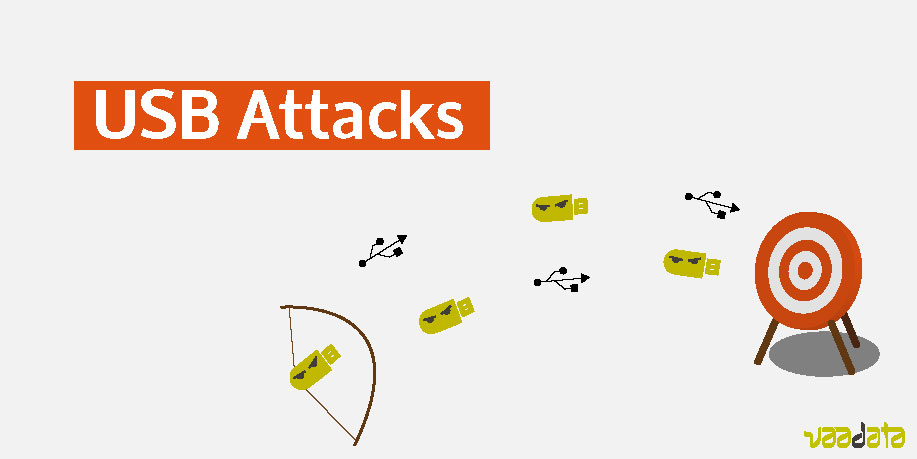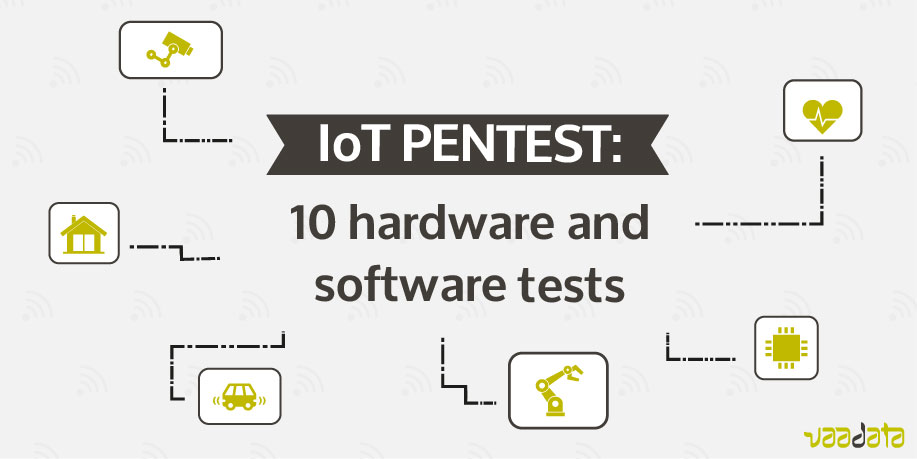Introduction to Public Key Certificate
A digital certificate is a data file that allow, on the one hand, the non-repudiation and the integrity of data, and on the other hand, to identify and to authenticate a person or an organization and also to encode communications.
A digital certificate includes several information, as:
- A public key
- Authentication information
- A validity time
- An issuer that signs the certificate
This last point is crucial to verify the trustworthiness of a certificate. For this, when a certificate is received, a chain of trust is built to a certificate authority.
To explain the working of the chain of trust, let’s present some notions:




